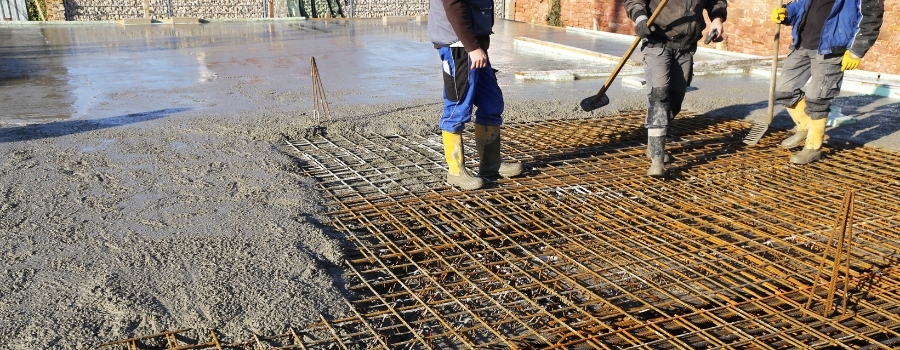Blog Post

Building Strong Foundations: The Importance of Proper Mix Design in Ready-Mix Concrete
In the world of construction, few elements are as foundational as concrete. Its versatility, strength, and durability make it a cornerstone of modern infrastructure. Whether it's skyscrapers reaching for the sky or humble sidewalks supporting daily foot traffic, the quality of concrete determines the longevity and safety of these structures. Behind every successful concrete project lies a carefully crafted mix design, especially crucial in the realm of ready mix concrete. In this article, we delve into the importance of proper concrete mix design in ready-mix applications, exploring its components, considerations, and implications for construction projects.
Understanding Concrete Mix Design
Concrete mix design is the process of proportioning various ingredients to achieve the desired properties in the final concrete mixture. These properties include strength, workability, durability, and resistance to environmental factors such as freezing and thawing. While traditional on-site mixing allows for flexibility in adjusting the mix, ready-mix concrete requires meticulous planning to ensure consistency and quality across batches.
Components of Concrete Mix Design
A typical concrete mix consists of several key components:
Cement: The binding agent that holds the mixture together.
Aggregates: Comprising coarse and fine particles, aggregates provide bulk and stability to the concrete.
Water: Initiates the chemical reaction between cement and aggregates, known as hydration, resulting in the hardening of concrete.
Admixtures: Chemical additives used to modify the properties of fresh or hardened concrete, enhancing workability, strength, or durability.
Each component's proportion and quality significantly influence the characteristics of the concrete mix and, consequently, the performance of the finished structure.
Importance of Proper Concrete Mix Design in Ready-Mix Applications
Consistency: Ready-mix concrete is manufactured in controlled environments, ensuring uniformity in mixing and proportions. Proper mix design guarantees consistency across batches, eliminating variations that may compromise structural integrity.
Strength and Durability: The right mix design optimizes the ratio of cement to aggregates, maximizing compressive strength and minimizing permeability. This results in durable concrete structures capable of withstanding various loads and environmental conditions.
Workability: Ready-mix concrete must maintain adequate workability during transportation, placement, and finishing. Optimal mix design ensures the desired slump or flow characteristics, facilitating efficient construction processes without sacrificing performance.
Cost Efficiency: By precisely calculating ingredient proportions based on project requirements and local materials, proper mix design minimizes waste and excess material usage. This not only reduces project costs but also promotes sustainability by conserving resources.
Performance Optimization: Tailoring the mix design to specific applications allows engineers to address project-specific challenges, such as high-strength requirements or exposure to aggressive chemicals. By optimizing performance parameters, such as setting time and shrinkage, mix design enhances the long-term performance of concrete structures.
Considerations in Concrete Mix Design
Several factors influence concrete mix design, including:
Project Requirements: Understanding the structural, aesthetic, and environmental demands of the project is essential for selecting appropriate mix proportions and additives.
Materials Availability: Availability and quality of cement, aggregates, and admixtures vary by region, necessitating adjustments in mix design to accommodate local resources.
Environmental Factors: Climate conditions, exposure to chemical agents, and site-specific considerations influence mix design decisions, ensuring durability and resilience against external factors.
Testing and Quality Control: Regular testing of fresh and hardened concrete samples ensures compliance with design specifications and quality standards, guiding adjustments to mix proportions as needed.
Conclusion
In the realm of ready-mix concrete, proper mix design serves as the bedrock of successful construction projects. By carefully considering project requirements, materials characteristics, and environmental factors, engineers can tailor concrete mixtures to achieve desired performance and durability. Consistency, strength, workability, and cost efficiency are among the many benefits of employing a well-designed mix. As construction practices evolve and demands for sustainable, resilient infrastructure grow, the importance of proper concrete mix design in ready-mix applications remains paramount, laying the foundation for safer, stronger, and more enduring structures.
For more details on ready-mix concrete, connect with the team!